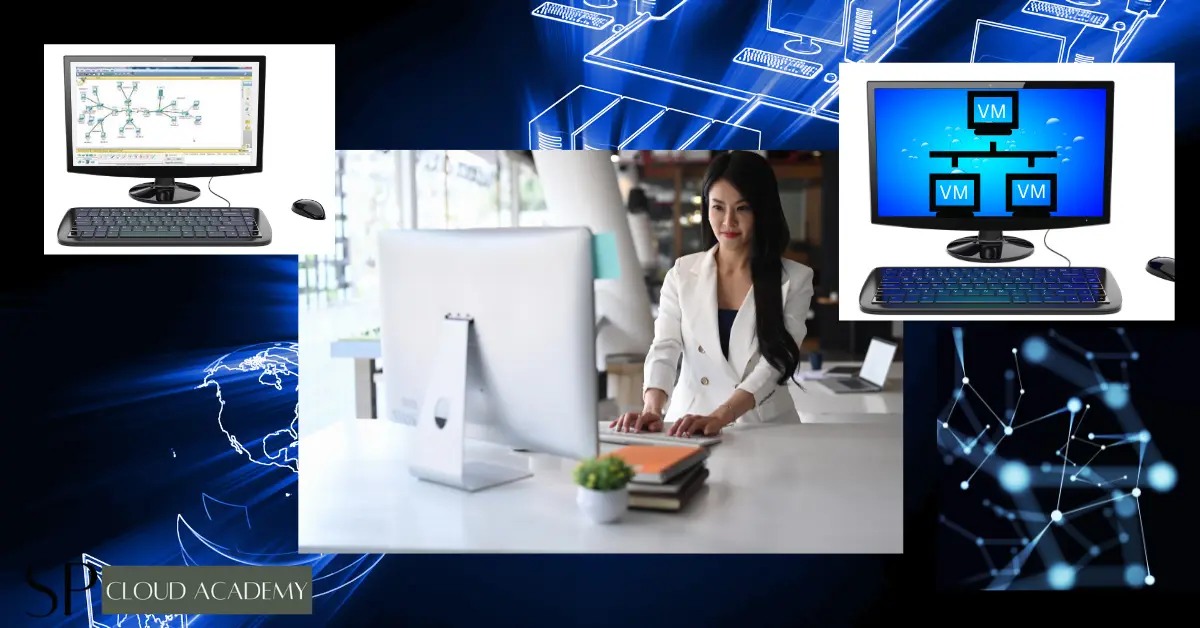Personal Computer Networking Lab Deployment for Self Practice, Research and Development with Virtualization Technologies.
It is essential for network professionals to have a personal research and development platform. However, creating a networked practice environment with multiple physical PCs and networking devices is costly. In that case, we can easily build a network practice environment using virtualization technology. This article highlights the various aspects of implementing a virtual personal computer network lab. Which will be especially useful for network professionals as well as students.
Purposes
- Self Practice
- Innovation
- Testing
- System Migration
- Team Work
Requirements
Hardware
- PC (Laptop or Desktop)
- SmartPnone
- Secondery Display
- SoHo Routers
Others
- Internet Connectivity
- Public IP Address
- Zero and Thin Computing
Software
- Hipervisor
- Microsoft Hyper-V
- VMware Workstation Player
- Oracle VM VirtualBox
- Simulation
- Emulator
- RDP and remote access tools
Cloud Services
- IaaS Cloud Subscription
Skill Requirements
- OS Management
- Computer Networking Skills
- Cloud Computing Skills
Simulation Based Labs
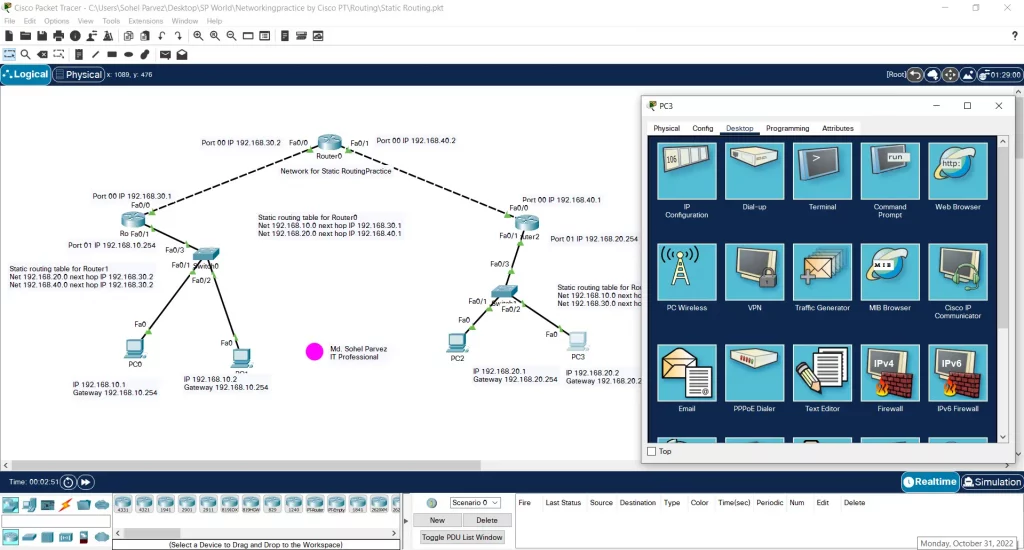
On-Prem Hypervisor Based Labs
Deployment Model 1
Features of this model:
- Deployment in Single Computer
- No extra hardware are required
- Communication between VM to VM or VM to Physical host PC
- Easy to setup
System preparation and working procedures
- Ready the system with multiboot OS: One OS only dedicated for hypervisor
- Install and configure one hypervisor software in dedicated OS
- Create VMs and install OS in VMs
- Backup VMs
- Configure VNet interfaces
- Configure each VMs for Networking
- Perform Test and final implementation
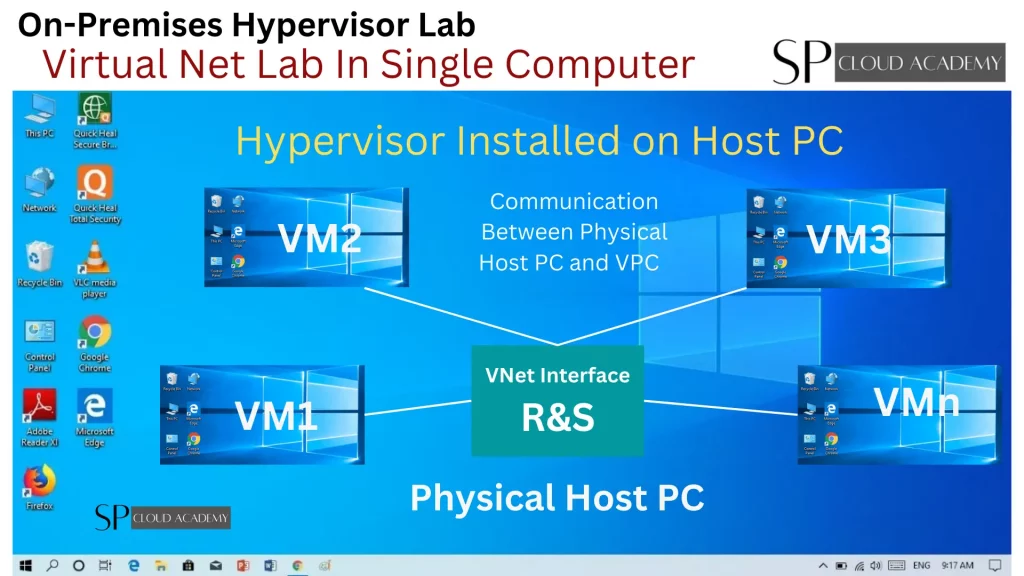
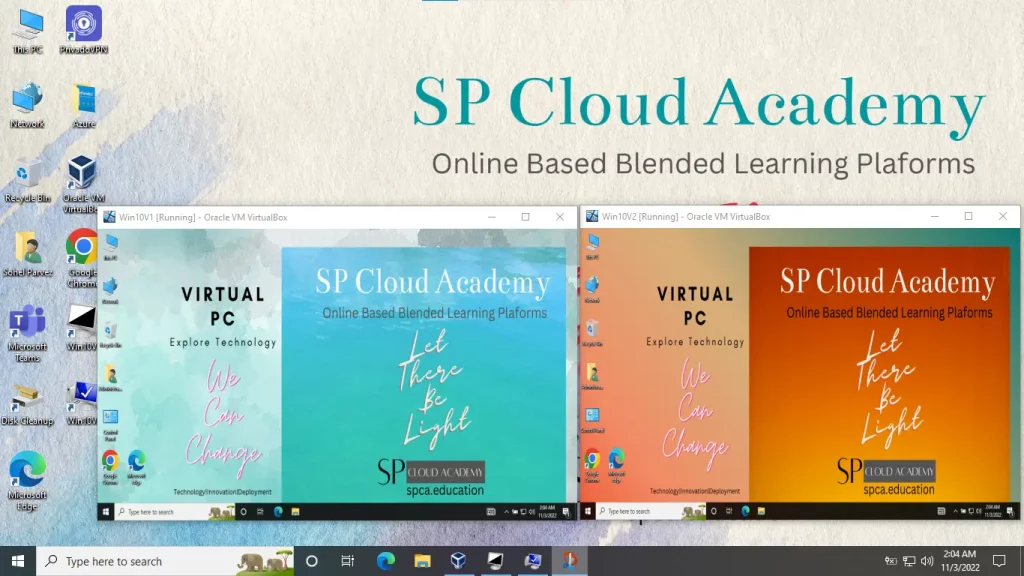
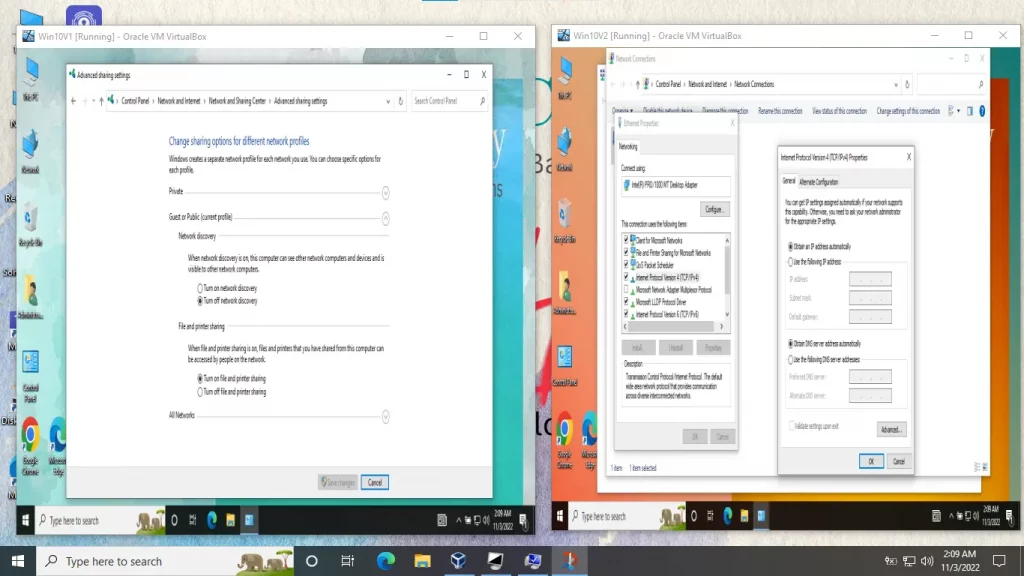
Deployment Model 2
Features of this model:
- Multiple physical Computer can exist
- Physical R&S devices are required
- Communication between VM to VM, VM to Physical host/other PCs
- Easy to setup
System preparation and working procedures
- Ready the system with multiboot OS: One OS only dedicated for hypervisor
- Install and configure one hypervisor software in dedicated OS
- Create VMs and install OS in VMs
- Backup VMs
- Configure VNet interfaces
- Configure each VMs for Networking
- Ready Physical Machines
- Confgire Physical Routing and Switching Devices
- Connect Vnet and Physical Net
- Perform Test and final implementation

Cloud Computing Based labs
Deployment Model 1
System preparation and working procedures
- Log in your Cloud Dashboard
- Create Mutiple VMs
- Backup VMs
- Configure VNet interfaces
- Configure each VMs for Networking
- Perform Test and final implementation
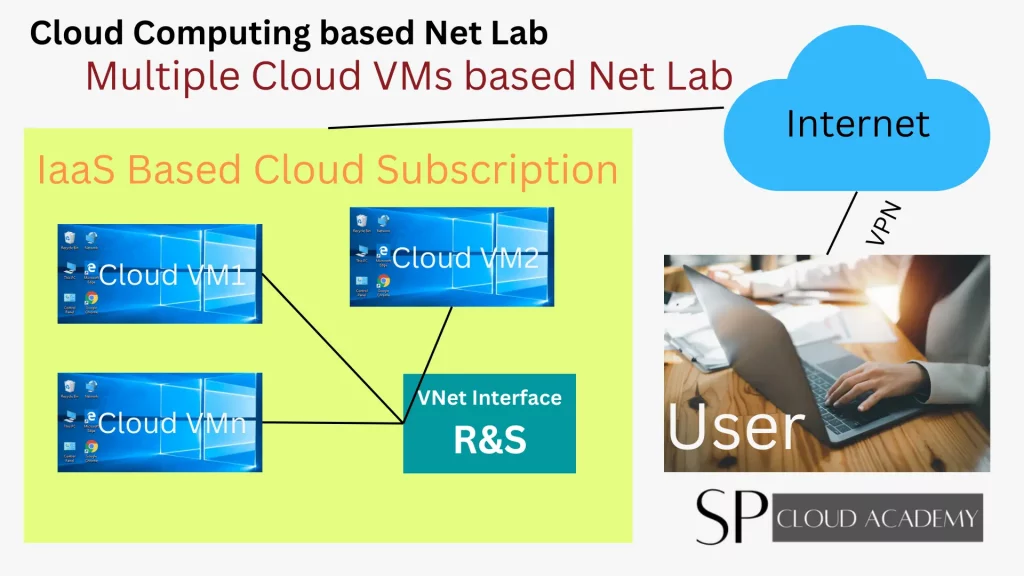
Deployment Model 2
System preparation and working procedures
- Log in your Cloud Dashboard
- Create VMs
- Install and configure one hypervisor software in dedicated single VM, Create VMs and install OS in VMs
- Backup VMs
- Configure VNet interfaces
- Configure each VMs for Networking
- Perform Test and final implementation
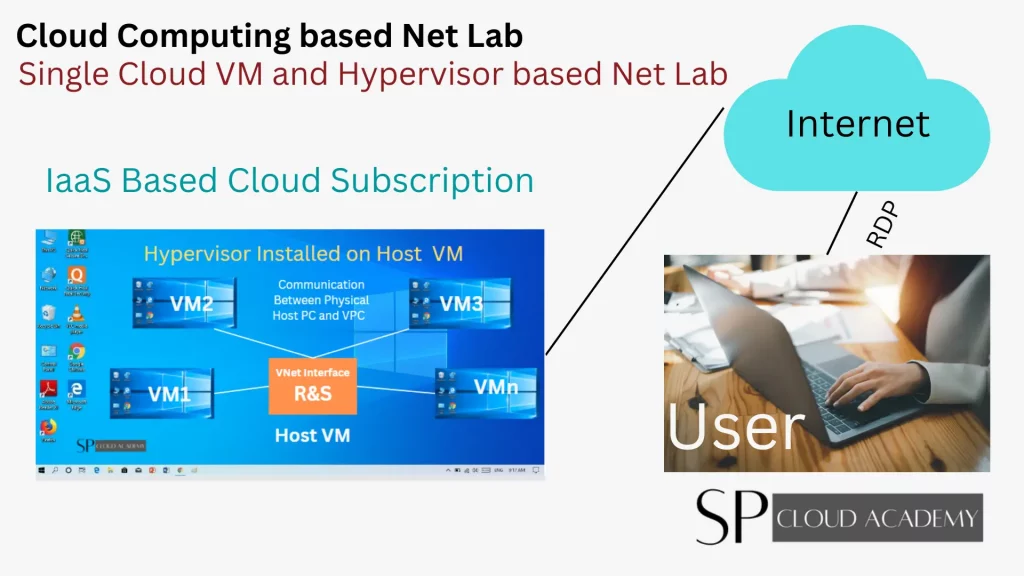
References
- Virtual Networking in Oracle VM Virtual Box: https://www.virtualbox.org/manual/ch06.html
Related Posts
-

Why Virtual Learning Environments Are the Key to Modern Education Success
-

How to Build a State-of-the-Art ICT Center for Engineering R&D and Training
-

Innovative ICT Centers: The Future of R&D in Engineering Education
-

Unlock Educational Access to Autodesk Products
-
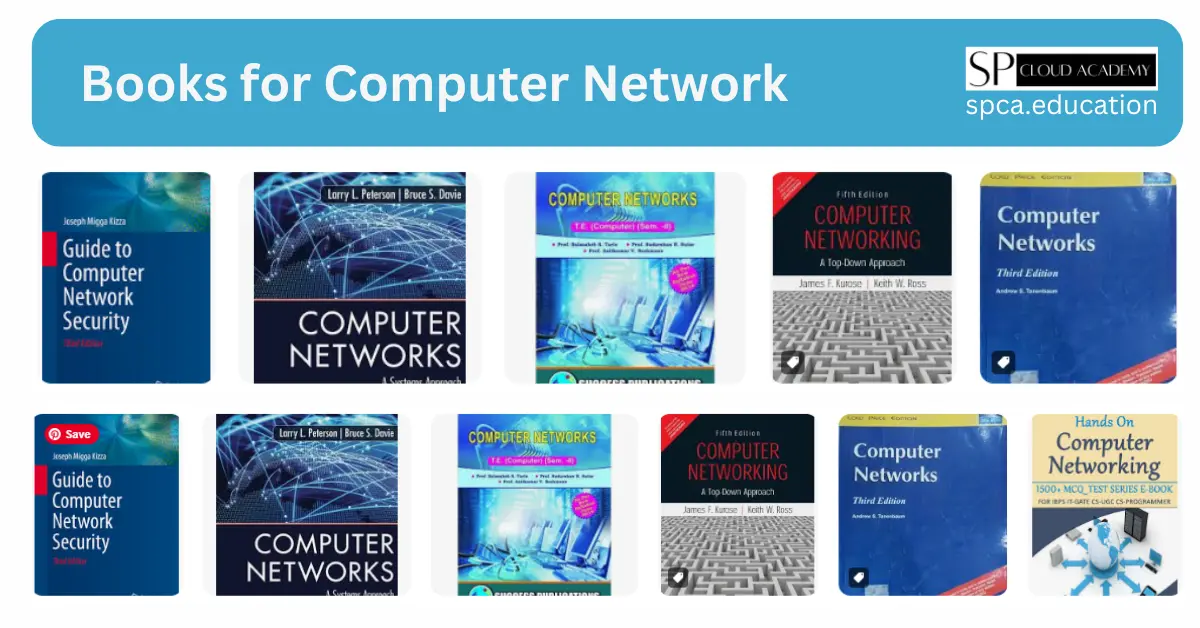
Level Up Your Networking Knowledge: Unveiling the Top 10 Books for Computer Network Enthusiasts
-

The Ultimate Guide to Creating and Publishing an e-Library on WordPress: A Step-by-Step Approach
